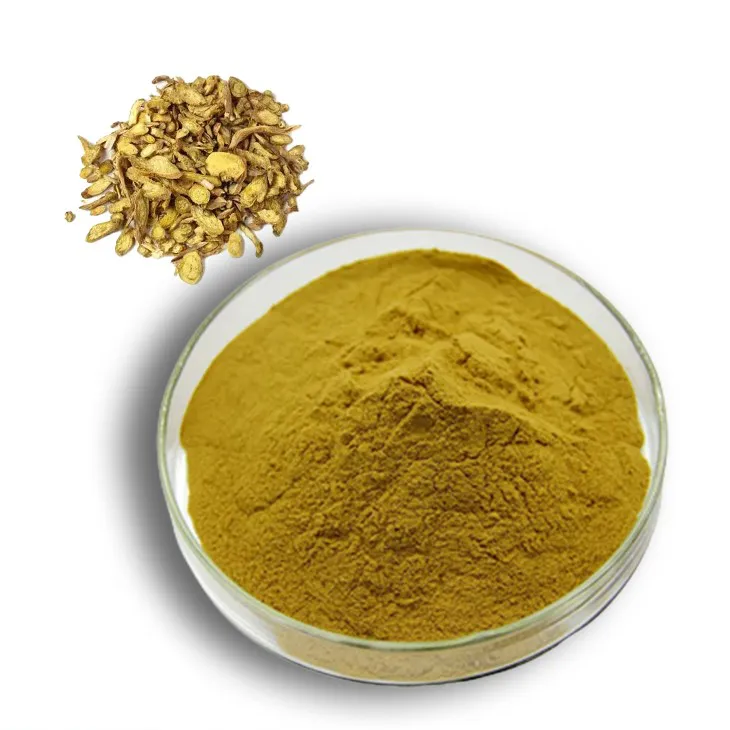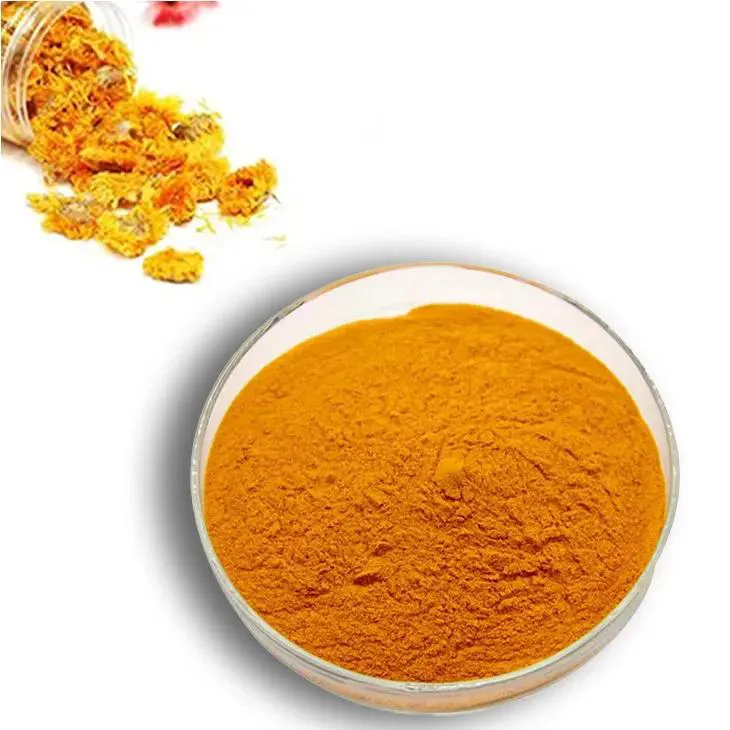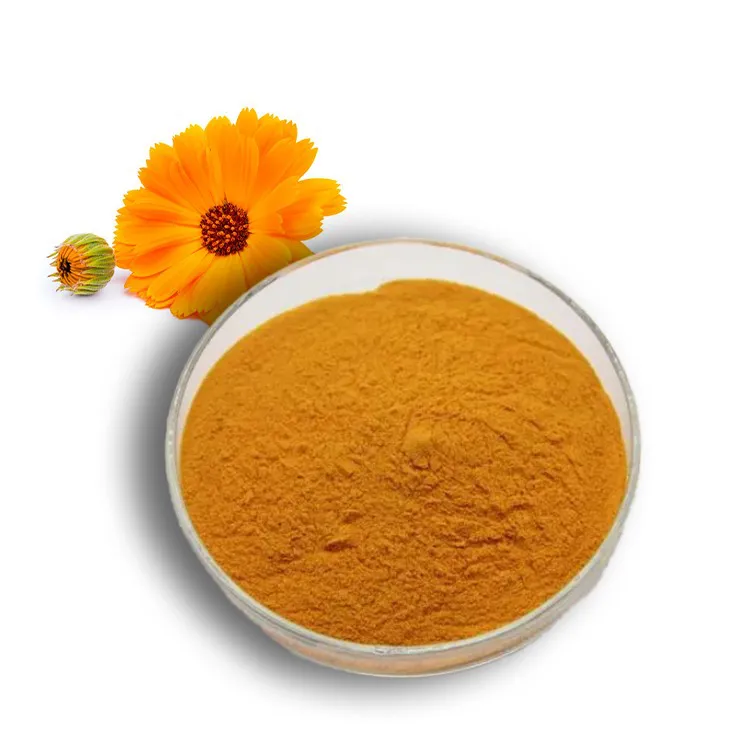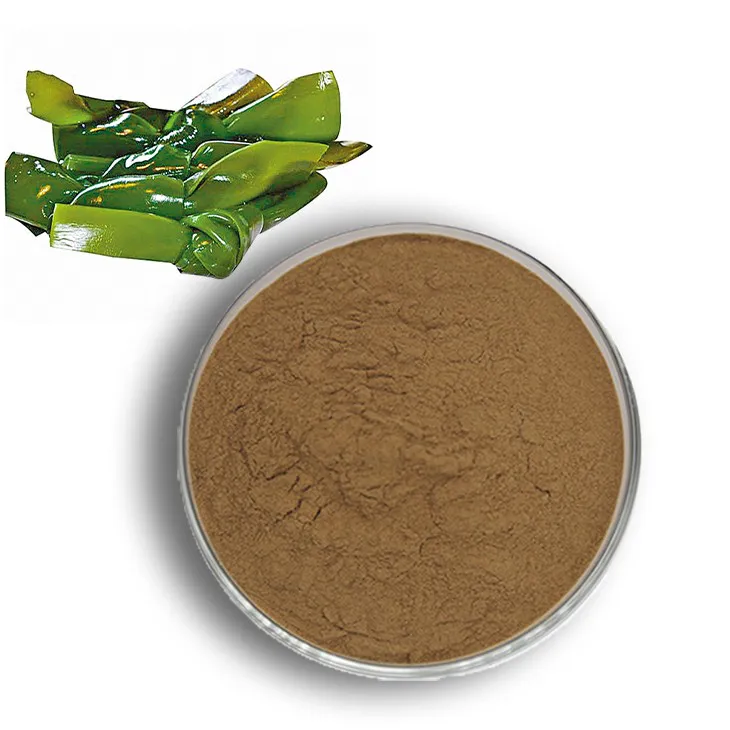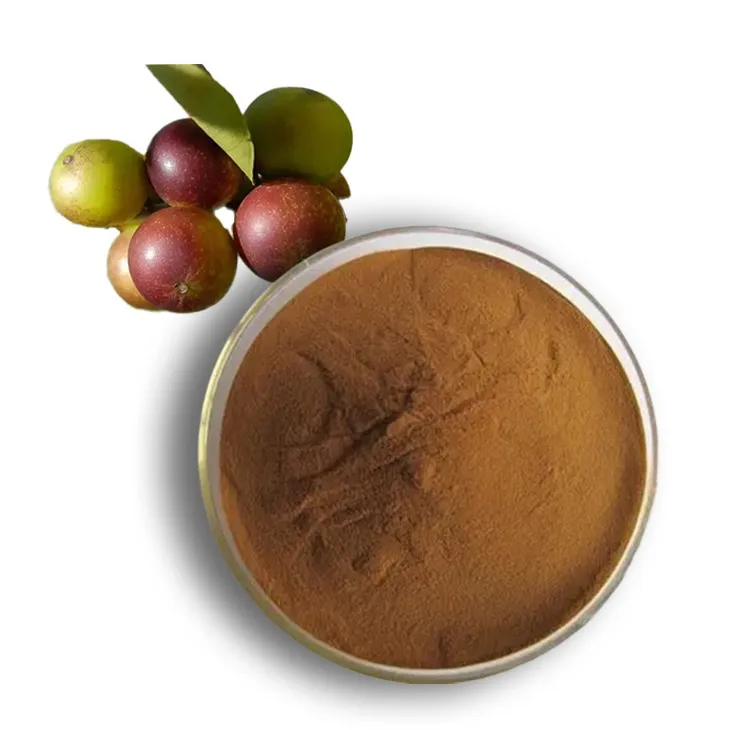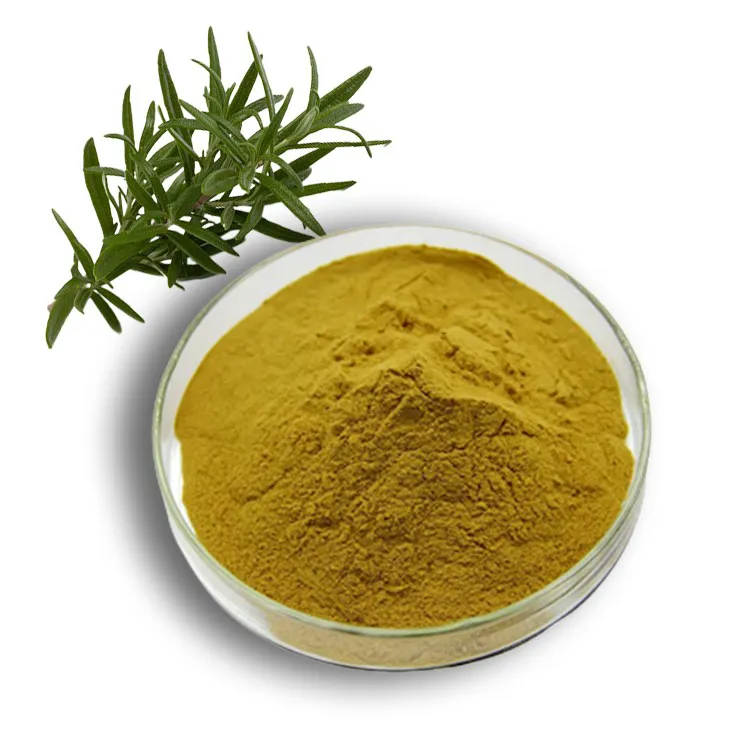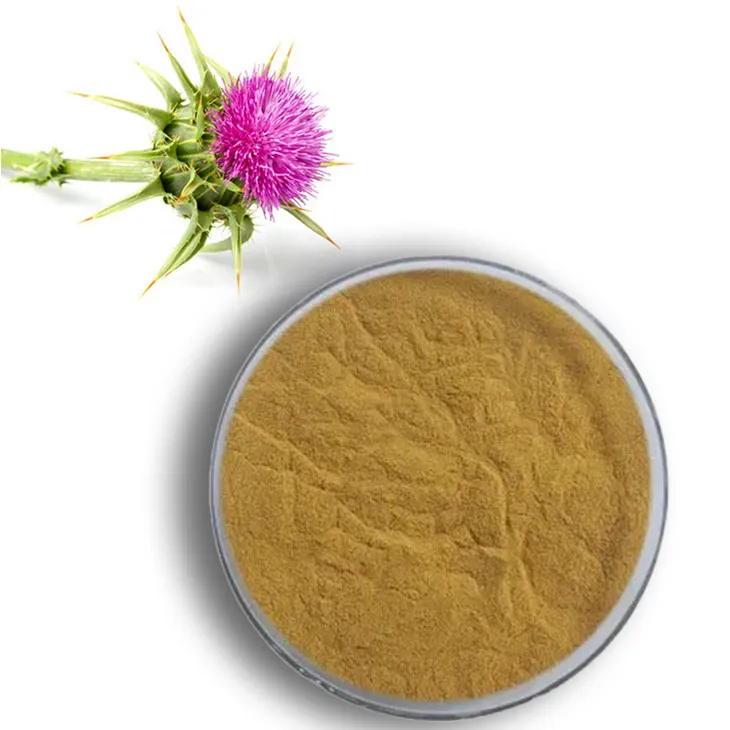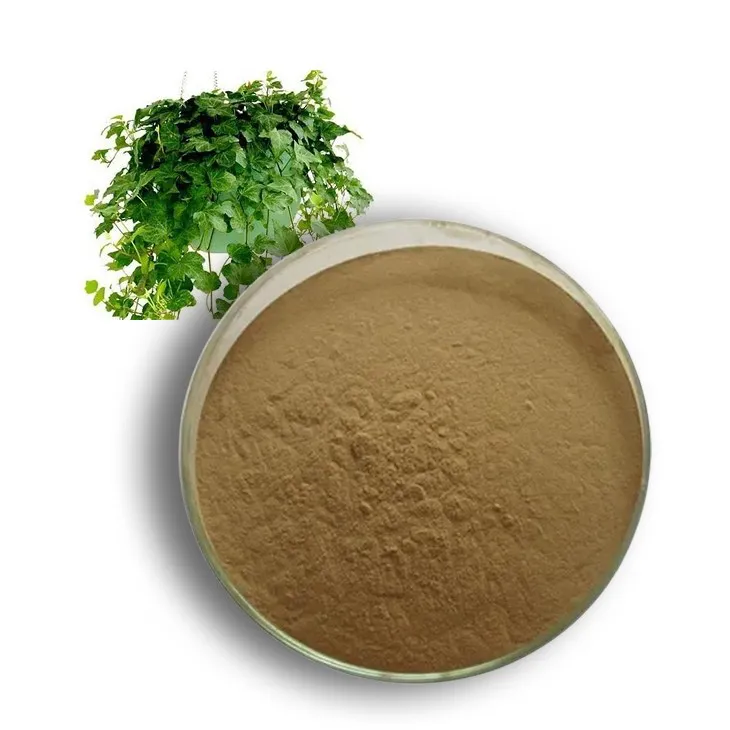- 0086-571-85302990
- sales@greenskybio.com
Turmeric: history, healthy benfits and Modern Uses
2025-06-06
Turmeric, scientifically known as Curcuma longa, is a vivid golden-yellow root that has been valued for centuries in both the culinary and medical worlds. A relative of ginger, this perennial plant flourishes in the warm, humid regions of South Asia, especially India, where it has played a central role in health and wellness traditions for thousands of years.
A Rich and Colorful History
The use of turmeric traces back over 4,000 years to ancient civilizations in India and Southeast Asia, where it was prized as a dye, a spice, and a healing herb. Archaeological finds indicate that turmeric was used in the Indus Valley as early as 2,500 BCE, and it became a staple of Ayurvedic medicine by 500 BCE. Its popularity spread through trade, reaching Europe by the 13th century and the Americas by the 18th century. Today, India remains the world’s leading producer and consumer of turmeric, thanks to its ideal tropical climate.
Turmeric stands out for its bright orange-yellow hue, earning it the name "Indian saffron." It has an earthy, slightly bitter flavor and a warm, peppery aroma, qualities that make it unique in global cuisine. The rhizome's knobby, irregular look is reminiscent of ginger but even bolder in color.
Across different cultures, turmeric is known by a variety of names that reflect its significance. In Hindi, “haldi” is strongly associated with wedding ceremonies, where turmeric paste is applied to the bride and groom for a glowing complexion. In Tamil, it is called “manjal,” and in Sanskrit, “haridra,” highlighting its deep spiritual and cultural roots.
Science Unlocks Turmeric’s Healing Potential
Turmeric’s health benefits chiefly come from its phytonutrients, especially Curcumin. This polyphenol is responsible for turmeric’s signature color and many of its therapeutic effects. Turmeric is also rich in turmerones, flavonoids, and phenolic acids.
Modern research reveals that Curcumin has powerful anti-inflammatory, antioxidant, antimicrobial, and anticancer properties. These attributes make turmeric a natural ally for managing a wide array of health issues, such as:
- Inflammation and joint pain: Curcumin can help reduce symptoms of arthritis and other inflammatory diseases.
- Digestive health: Turmeric stimulates bile production, which can aid digestion and ease the symptoms of bloating and indigestion.
- Cardiovascular support: Curcumin improves blood vessel function, lowers oxidative stress, and helps decrease harmful LDL cholesterol.
- Brain health: Studies suggest curcumin can protect against neurodegenerative conditions like Alzheimer’s by reducing inflammation and slowing plaque buildup in the brain.
- Cancer prevention: As a potent antioxidant, curcumin can neutralize free radicals and may help inhibit cancer cell growth.
Traditionally, turmeric has been consumed as an herbal tea, mixed into warm milk (“golden milk”), or used as a topical paste on wounds and inflamed skin. Today, turmeric is also available in capsules, tinctures, and extract forms, making it easier than ever to enjoy its health benefits.
Anecdotes from Ayurveda describe using turmeric paste to speed wound healing and prevent infections. Turmeric-infused teas remain a popular home remedy for sore throats and immune support during cold season.
Turmeric in the Kitchen
Turmeric’s culinary uses are as varied as its medicinal applications. It is an essential ingredient in curry powder and lends vibrant color and subtle bitterness to curries, lentil dishes, and stir-fries. It also features in drinks and desserts with global flair. Some recipe ideas include:
- Golden milk latte: A soothing blend of turmeric, warm milk (dairy or plant-based), honey, cinnamon, and ginger.
- Turmeric roasted cauliflower: Cauliflower tossed with turmeric, olive oil, and garlic for a golden, flavorful side.
- Turmeric and ginger tea: A gentle, warming beverage that aids digestion.
- Turmeric-spiced rice: Fragrant rice cooked with turmeric, cumin, and cardamom.
- Turmeric smoothie bowl: A colorful breakfast bowl with turmeric, mango, banana, and coconut milk.
From ancient healing traditions to modern health trends, turmeric’s unique flavor, nutritional power, and storied history continue to make it a staple across the world. Whether you’re looking to enrich your diet, support your health, or add a splash of warmth to your table, turmeric remains a trusted natural remedy and culinary favorite.
Please note: This article is for information only and is not intended as medical advice. Consult a qualified healthcare professional for personal health recommendations.
- ▶ Hesperidin
- ▶ citrus bioflavonoids
- ▶ plant extract
- ▶ lycopene
- ▶ Diosmin
- ▶ Grape seed extract
- ▶ Sea buckthorn Juice Powder
- ▶ Beetroot powder
- ▶ Hops Extract
- ▶ Artichoke Extract
- ▶ Reishi mushroom extract
- ▶ Astaxanthin
- ▶ Green Tea Extract
- ▶ Curcumin Extract
- ▶ Horse Chestnut Extract
- ▶ Other Problems
- ▶ Boswellia Serrata Extract
- ▶ Resveratrol Extract
- ▶ Marigold Extract
- ▶ Grape Leaf Extract
- ▶ blog3
- ▶ Aminolevulinic acid
- ▶ Cranberry Extract
- ▶ Red Yeast Rice
- ▶ Red Wine Extract
-
Lycopene
2025-06-06
-
Clove Powder
2025-06-06
-
Baicalin
2025-06-06
-
Marigold Extract
2025-06-06
-
Calendula Extract
2025-06-06
-
Kelp Extract Powder
2025-06-06
-
Camu Camu Extract
2025-06-06
-
Rosemary extract
2025-06-06
-
Milk Thistle Extract
2025-06-06
-
Ivy Extract
2025-06-06













